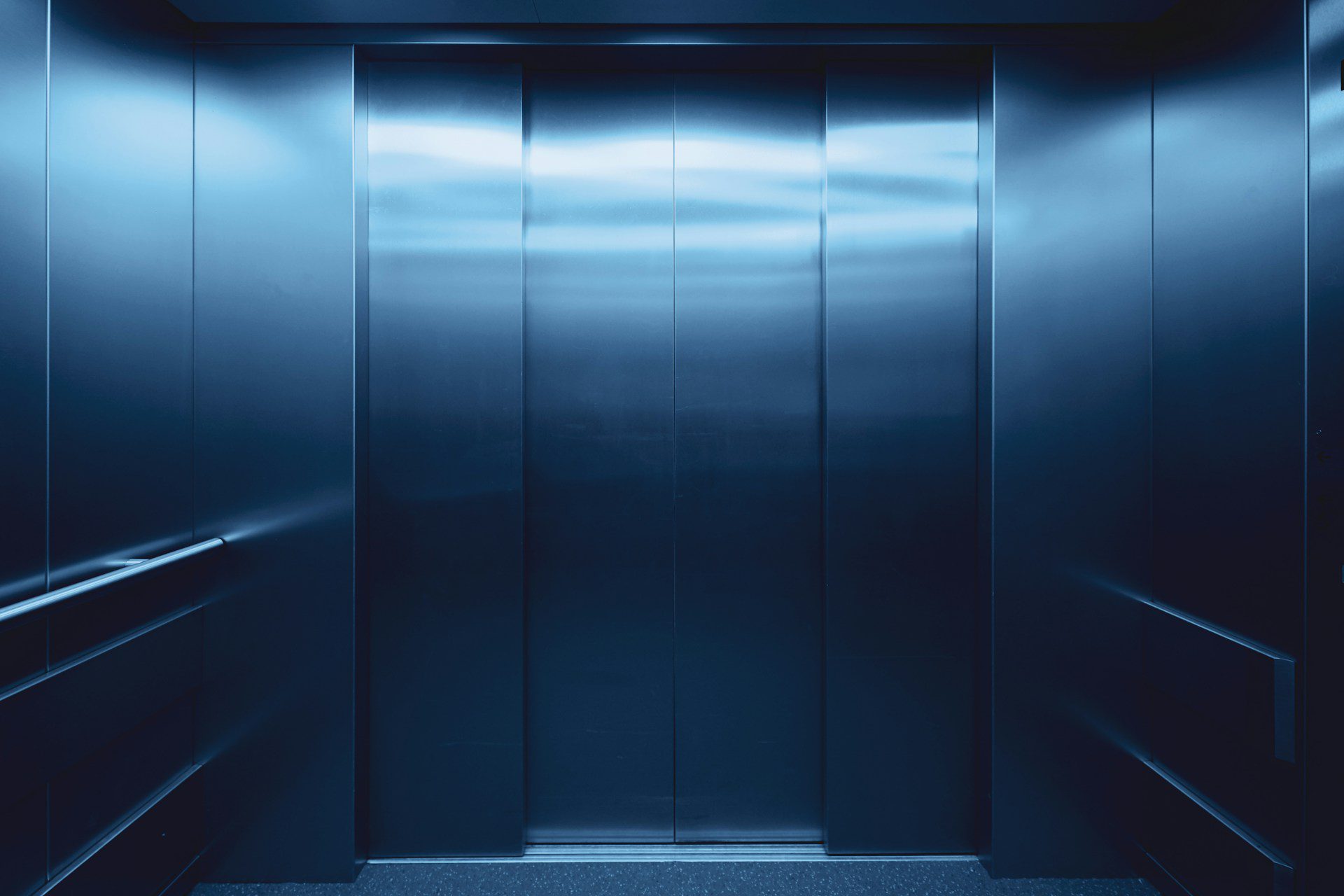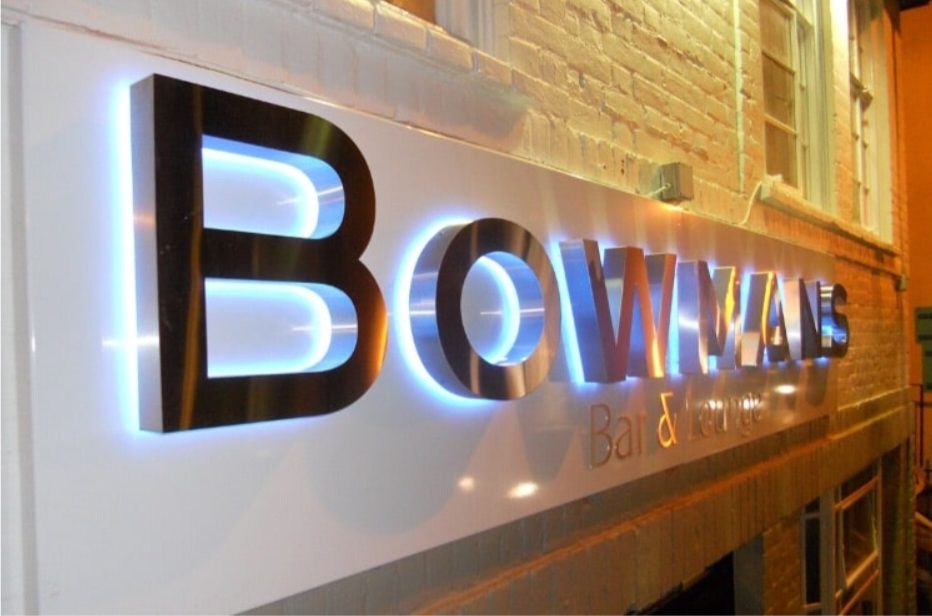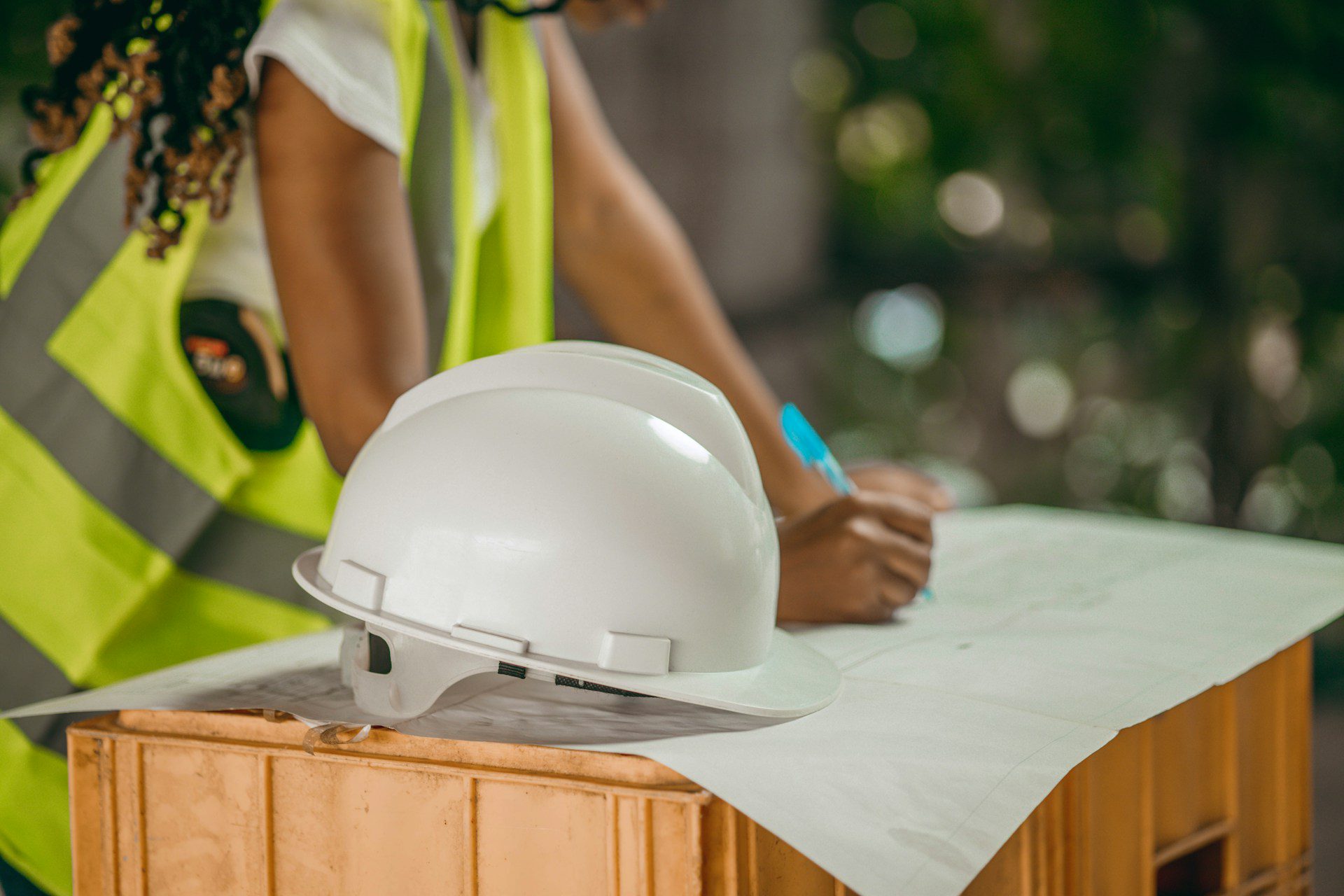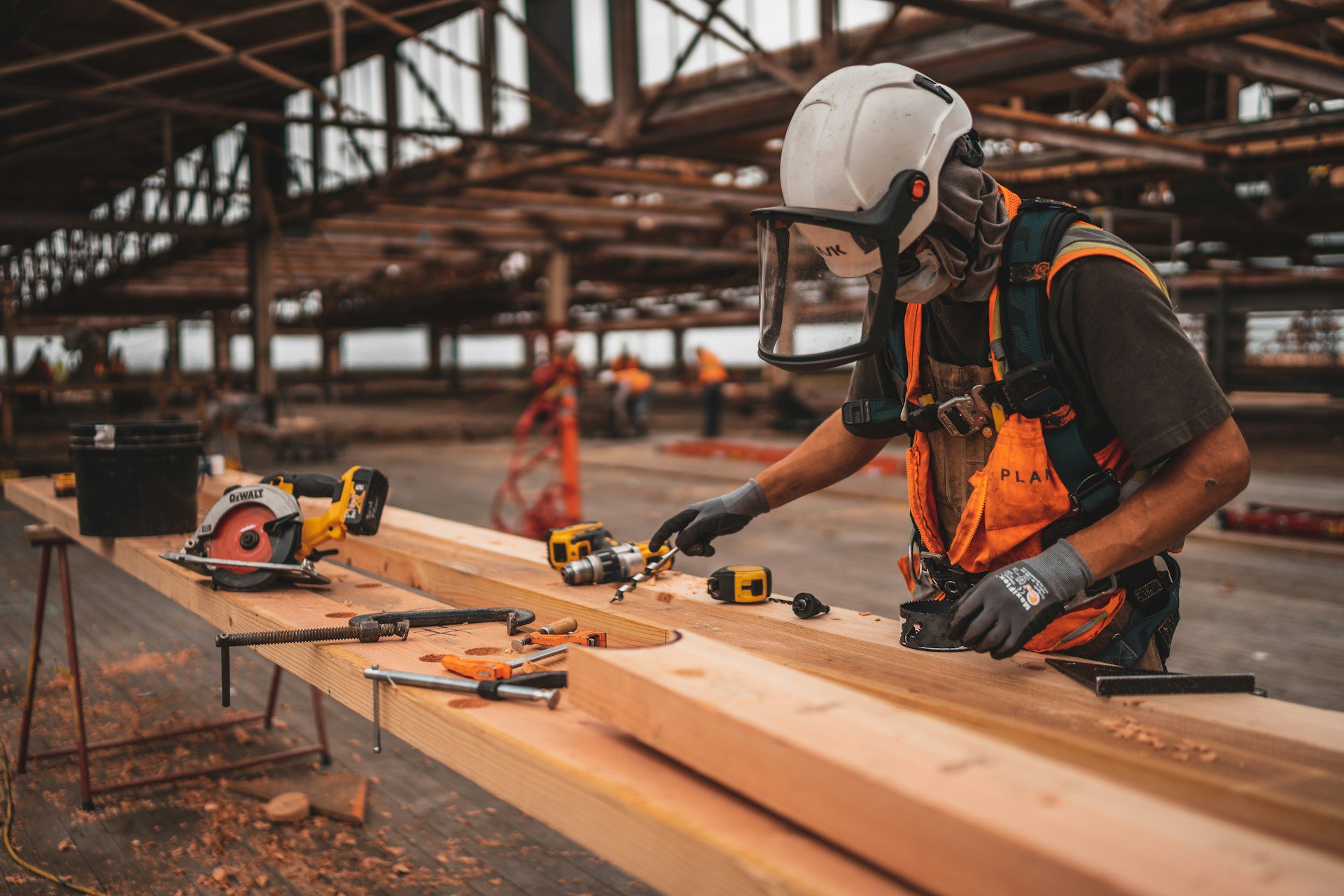
Elevators ensure seamless vertical movement within buildings. So, they are a crucial inclusion. However, securing these elevators can be challenging. If proper measures are not taken, unauthorized individuals may trespass, resulting in serious security risks.
By integrating elevators in a security system, you ensure that only specific users can enter the building. One way to secure this is via turnstiles. In this blog, we share a detailed explanation of elevator access control to give you a clear idea.
How Elevator Access Control Works
Elevator access control systems employ measures to authenticate a user. Some commonly used security tactics include:
- PIN codes
- Mobile credentials
- Biometric
These systems help ensure that only authorized individuals can enter a private setup. Once the user verifies their identity, the system grants access to specific floors. A proper digital record of their activity is maintained for security monitoring purposes. This audit trail helps in identifying any suspicious patterns. It also enables prompt response to security breaches.
Key Benefits of Elevator Access Control
- Security: Access to floors is restricted to authorized individuals. So, minimal chances of intrusion.
- Incident Response: When an elevator is stuck or malfunctioning, it makes an alert to ensure an immediate response.
- Traffic Flow: Smart scheduling can be made based on usage data, reducing waiting time.
- Visitor Handling: Visitors get limited access, which can be tracked to ensure smooth monitoring.
- Reduced Operational Costs: Thanks to low manual supervision and damage from misuse, operational costs are lower.
Why Add Turnstiles?
Turnstiles establish the first level of control before an individual attempts to access the elevator. They control physical access by allowing entry to one person at a time.
Turnstiles also prevent tailgating or piggybacking. So, only authenticated individuals are permitted to access the elevator lobby.
Types of Access Control Systems
- Single Elevator Systems: Used in smaller buildings. Simple authentication and access scheduling.
- Multi-Elevator Systems: Used in larger buildings and have multiple elevator shafts. Allow for different permissions from floor to floor.
Turnstile Elevator Integration
Turnstiles integrated with access control systems utilize readers, such as:
- RFID
- Biometric
- Mobile phones
These readers help verify credentials. So, based on user verification, they allow entry into the elevator. However, the entry is also limited. So, in most cases, users can access only their designated floors. This way, the integration makes sure entry into the building and movement inside it are secure and trackable.
Choosing the Right System
Factors to consider when choosing a system:
- Security needs: High-security buildings may require biometrics, while others may suffice with cards or PINs.
- Number of elevators: Larger setups require a centralized, scalable system.
- Complexity of access: Offices may need different access controls for individuals in different roles and positions.
- Visitors and traffic volume: Buildings with high traffic volumes will require faster and more efficient systems.
- Integration capabilities: The system must align with the current security setup.
- Ease of maintenance: Cloud-based systems ensure remote access and automatic updates. So, they are more convenient and efficient.
Real-Time Monitoring and Response
Integrating turnstiles and elevators with surveillance and alarm systems enables tracking alongside centralized command. During emergencies, the system lends support to evacuations based on accurate occupancy information.
Touchless systems offer a faster and safer user experience. It is easy to implement them with mobile devices. They work best in high-traffic settings.
To Sum It Up
Implementing turnstiles and elevator access control would assure the facility manager that the system they have implemented is forward-thinking. It provides numerous security benefits, enhances the flow of movement, and creates safer and more efficient working environments within the buildings. Whether you manage corporate offices or transit hubs, the right system ensures smooth and secure access to designated areas.







